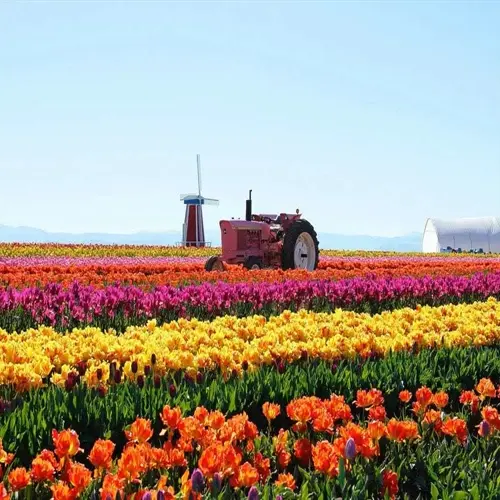Do plants need UV light to grow?

Written by
Kiana Okafor
Reviewed by
Prof. Charles Hartman, Ph.D.Most houseplants actually thrive without the use of UV light, which is contrary to popular belief. Plants primarily utilize the Photosynthetically Active Radiation (PAR) in the 400-700nm range for their photosynthetic processes. Full-spectrum grow lights give these wavelengths without the unnecessary and harmful radiation added to them. I have successfully grown over fifty different species of plants without using the UV growing systems.
Essential Light Spectrum
- PAR range (400-700nm) drives photosynthesis effectively
- Blue light (450nm) supports leaf development
- Red light (660nm) promotes flowering
- Green light enables deeper canopy penetration
- My plants show optimal growth within this spectrum
Limited UV Benefits
- Minor role in secondary metabolite production
- Can enhance colors in some succulents marginally
- Risks outweigh benefits for most houseplants
- May cause leaf damage at close range
- I avoid UV supplements for safety reasons
UV-Free Solutions
- Quality LEDs exclude UV wavelengths intentionally
- Prevents potential harm to plants and humans
- Eliminates need for protective eyewear
- Simplifies indoor gardening setup
- My UV-free system requires no special precautions
Instead, the goal is to give adequate PAR intensity. Measure the PPFD levels to fit the plants. The low-light species need 50-150 μmol/m²/s, while the high-light plants require 500-800 μmol/m²/s. My meter enables me to keep perfect levels without the complication of UV. Adequate PAR distribution ensures excellent photosynthesis.
High-quality full-spectrum LEDs provide complete wavelength coverage safely. They do not emit UV radiation and offer beneficial far-red light. Plants develop stronger cellular structures and better nutrient absorption. My plants demonstrate improved root systems under UV-light-free conditions. Energy efficiency remains high and does not exhibit the gaps so often associated with the spectral range.
Utilize actual light without UV problems. Put fixtures 6 to 24 inches from plants. Set timers for 10 to 16 hours, depending on the species. Move plants weekly for even exposure. These techniques produced the best basil crops. Your plants will thrive when you prioritize their core spectral needs.
Read the full article: Indoor Plant Lighting: A Complete Guide

